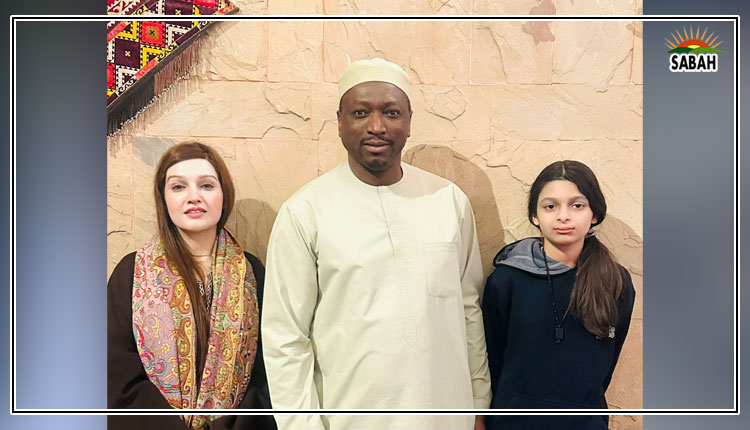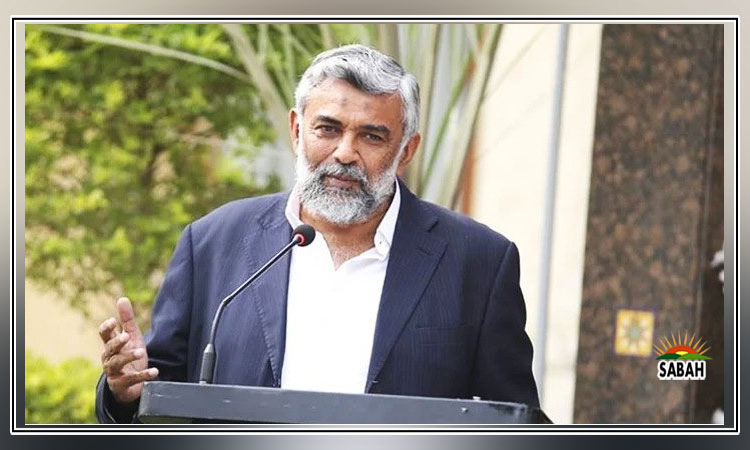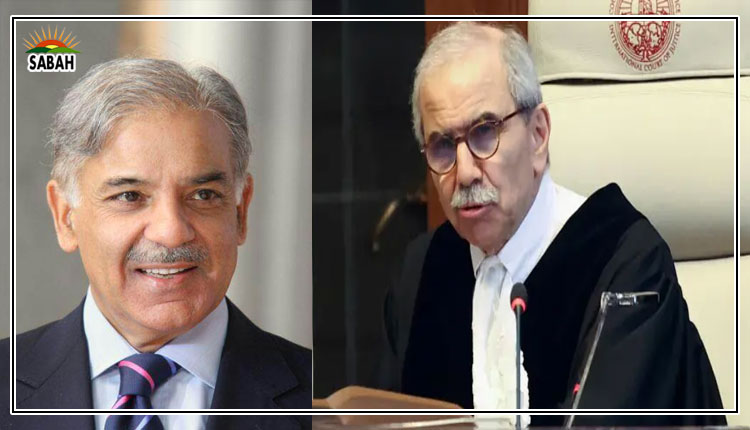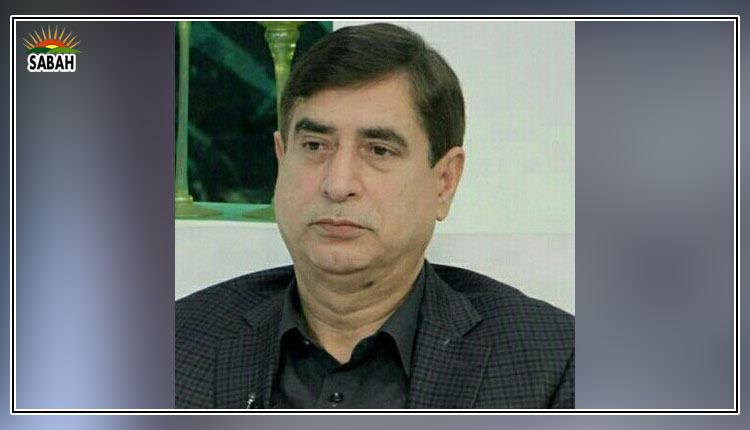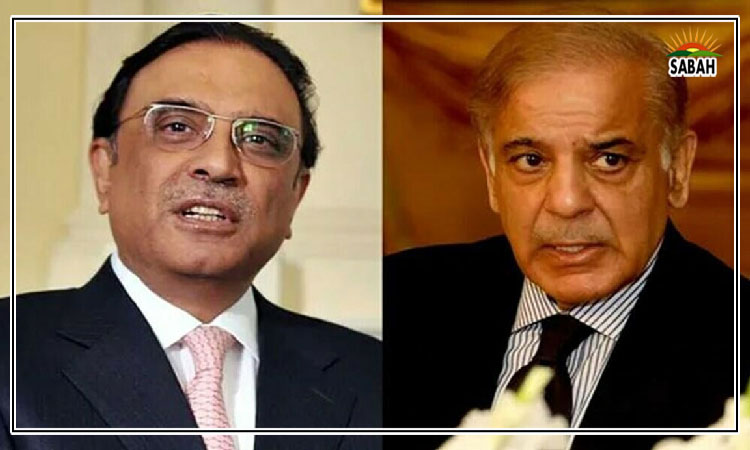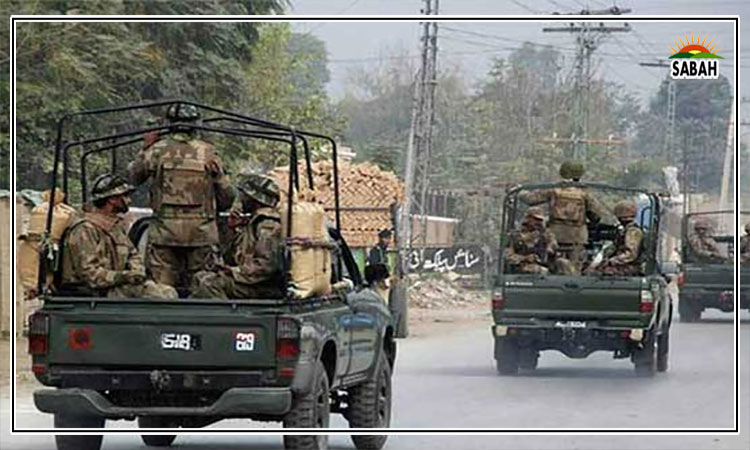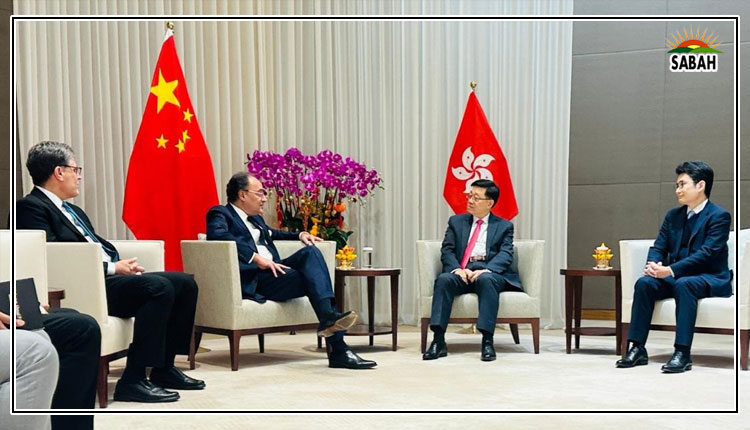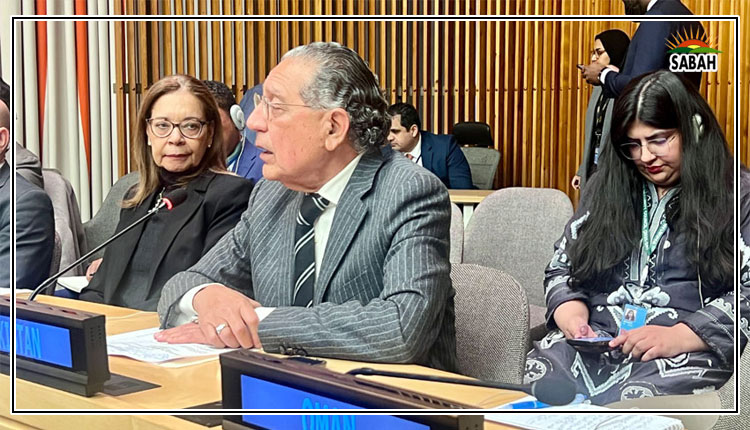NDA, not BJP…Umair Javed
RESULTS of the Indian general election from this past week took most observers by surprise. A comfortable return to power for the BJP was the dominant analytical consensus prior to June 4. A return to power did take place, but Modis perch looks a lot more precarious.
Preliminary number-crunching and analysis in the handful of days since the results were announced reveal some key trends. As per Abishek Jhas analysis for The Hindustan Times, a few primary statistics tell the story of this election. The first is that while the BJPs vote-share remains roughly the same, its median vote share fell by around four per cent, the implication being that for the median seat it contested, BJP received a smaller share of the votes than in 2019.
Another key aspect was a return to electoral competitiveness for the Congress. Its median vote share went up by nearly 10pc to 38.8pc in the seats that it contested, while its rate of success in all contested seats also increased by nearly 2.5 times to 30pc.
A decline in the BJPs median vote share and a concurrent rise in the Congresss meant that the average victory margin per seat in this election fell by about 5pc compared to the last election. BJP alone lost 65 seats, while the INDIA alliance gained over 100. Overall, these figures reveal a decidedly more competitive election than the last two.
It is worth focusing on regional variations that can help explain the overall outcome of Indias recent polls.
So what explains these numbers, especially when the incumbents pre-results posturing was about crossing 400 seats, and most exit polls had them comfortably above 300?
Distilling these results to a single factor impacting a polity of 900 million voters would be amiss, given the scale of Indias political diversity. Instead, its worth focusing on regional variations that can help explain the overall outcome. A few astute observers, like Yogendra Yadav, correctly read the tea-leaves prior to the results by focusing on ground-level sentiment in Uttar Pradesh. It was, in fact, results in UP (along with Maharashtra) that help explain the BJPs diminished position.
Grassroots accounts from UP point to several factors at play. One was a growing level of frustration with jobless growth; ie, stories about a rapidly rising GDP but without a concurrent rise in employment, especially at the lower tiers of income distribution. Colloquially referred to as Indias K-shaped post-pandemic recovery, recent successes in boosting GDP growth stand accompanied with widening inequality. Gains at the top are highly visible, with a new class of nouveau riche consuming conspicuously in the big cities, but are largely missing for poorer households in small towns, peri-urban localities, and villages (ie, mofussil areas).
This is also closely linked to Indias strange structural transformation, where agricultures share in value addition has fallen sharply, but its share in total employment remains persistently high. Unequal 8pc growth makes for good headlines, enriches upper-income households, and cultivates aspiration among upwardly mobile segments. But it also leaves large swathes of the population locked out of the benefits of growth with no clear pathway of getting in.
Observers were of the view that the post-Covid expansion in welfare programmes would be sufficient to offset the foundational flaw of jobless growth. It turns out that while welfare did shore up support for some key segments, it was not enough to keep lower/scheduled caste groups on their side. This is visible through the fact that the BJP lost more seats reserved for scheduled caste candidates than general category seats.
Crucially, these results also show the (current) limits of a politics that draws on divisive, communal mobilisation, especially in the face of economic uncertainty. The fact that BJP lost in the constituency of Faizabad, where Ram Mandir was recently inaugurated with much fanfare, and in the town of Banswara in Rajasthan, where Modi made references to mangalsutras being stolen by Muslims, is fairly revealing. A section of the electorate appears to be either exhausted with communal rhetoric or pays less attention to it in the face of a livelihood crisis. Either way, it shows that there is political space for alternative narratives that prioritise inequality and social justice.
All of these factors notwithstanding, the BJP and its allies crossed a simple majority threshold overall, and made gains in some southern states like Kerala. This salience, even if somewhat diminished, shows that any predictions of an impending downfall or change in government are terribly premature. The party remains the most popular in India and will continue to set the terms of politics.
Moving forward, a few things are worth keeping an eye out for to get a sense of the short and medium-term direction of Indian politics. The first is the type of constraints placed on the BJP by its coalition partners, Nitish Kumar and Chandrababu Naidu, who have a decidedly different type of politics than the leading party. This may be visible in relaxing the authoritarian crackdown against opposition leaders, toning down of an abrasively communal politics, and perhaps diverting greater attention to redistributive policymaking.
The second trend is Modis stature within the BJP. This was the first election since 2001 that he was directly involved in which did not result in a simple majority for his party. There is some opposition to Modi-Shahs dominance within the party, colloquially dubbed the RSS faction, led by Nitin Gadkari. These results may give them a little more space to manoeuvre internally, recalibrating the internal balance of power that had shifted decisively in Modis direction.
Finally, some predicted that a heavy mandate for Modi may lead to normalisation of ties with Pakistan, given the latters apparent readiness. With that mandate out of the window, the immediate direction of India-Pakistan relations may be determined by Indias domestic political compulsions. Will talking to Pakistan leave the government more exposed to hawks even further to the right? This uncertainty could mean a continuation of the status quo for the near future.
Courtesy Dawn


